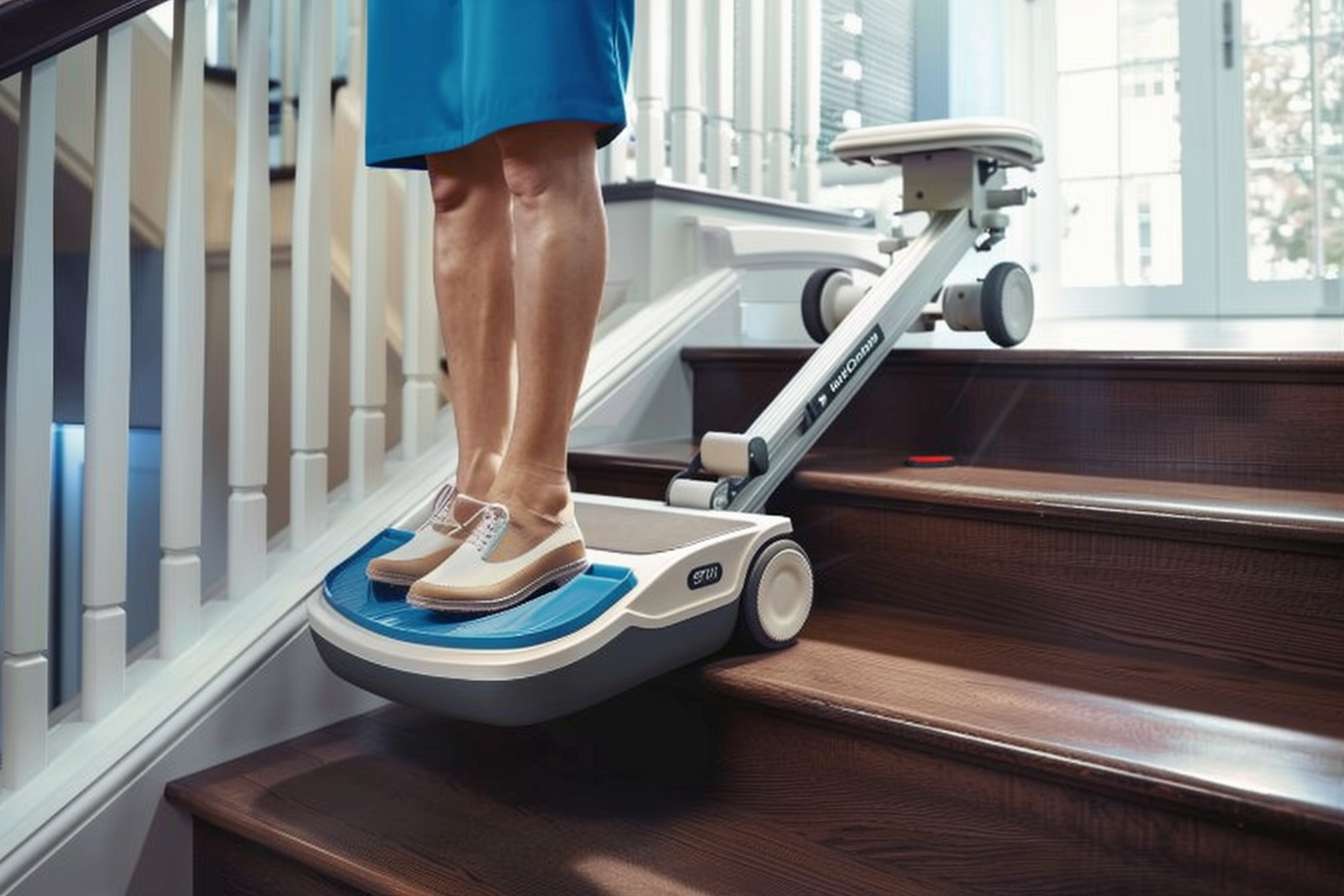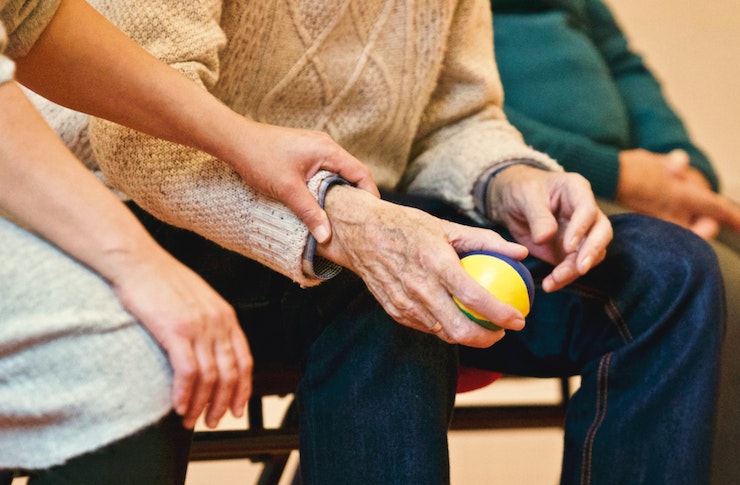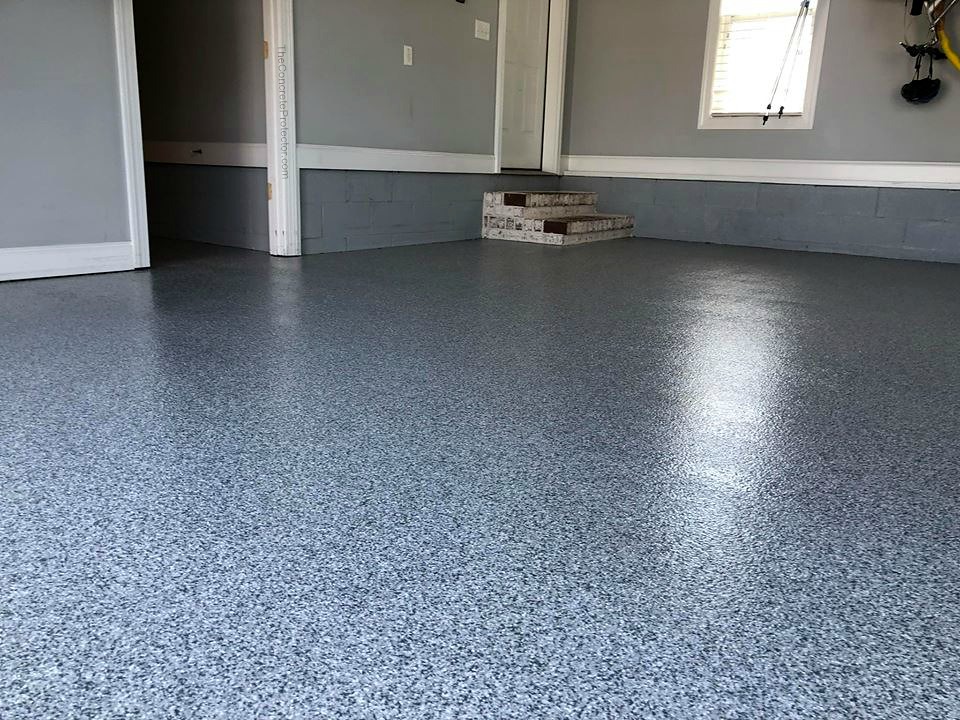Modern Mobility: Exploring Stair Lifts and Their Alternatives for Safe Home Access
As our population ages and mobility challenges become more prevalent, innovative solutions are emerging to help individuals maintain independence and safely navigate their homes. Among these advancements, mobile stairlifts stand out as a flexible and user-friendly option. This article delves into the world of modern mobility aids, focusing on stair lifts and their alternatives, with a particular emphasis on the advantages of portable solutions.

What are mobile stairlifts and how do they differ from traditional options?
Mobile stairlifts represent a significant leap forward in home mobility technology. Unlike traditional stair lifts, which are permanently installed on staircases, mobile stairlifts are portable devices that can be easily moved and set up as needed. These innovative solutions typically consist of a foldable track system and a powered chair or platform that travels along the track. The key difference lies in their flexibility – mobile stairlifts can be quickly deployed on various staircases without the need for permanent modifications to the home.
What are the advantages of no-installation mobile stair lifts?
The primary advantage of no-installation mobile stair lifts is their quick setup and flexibility. These devices can be assembled and disassembled in minutes, allowing users to transport them between different locations or store them when not in use. This feature is particularly beneficial for individuals who may need temporary mobility assistance or those who frequently visit homes with stairs. Additionally, mobile stairlifts are ideal for renters or homeowners who prefer not to make permanent alterations to their property.
How do portable stair lifts enhance independence for those with mobility challenges?
Portable stair lifts play a crucial role in enhancing independence for individuals facing mobility challenges. By providing a safe and efficient means of navigating stairs, these devices allow users to access all levels of their homes without assistance. This independence can significantly improve quality of life, reducing reliance on caregivers and minimizing the risk of falls or injuries associated with stair climbing. Moreover, the portability of these lifts means that users can maintain their independence even when visiting friends, family, or travelling to different locations.
What are the key safety features to look for in contemporary mobility devices?
When considering modern mobility devices like mobile stairlifts, several key safety features should be prioritized:
-
Non-slip surfaces on chairs or platforms to prevent slipping during use
-
Secure harnesses or seatbelts to keep users safely in place
-
Emergency stop buttons for immediate halting if needed
-
Battery backup systems to ensure functionality during power outages
-
Obstacle detection sensors to prevent collisions
-
Smooth start and stop mechanisms to avoid sudden jolts
-
Weight capacity indicators to ensure safe usage within specified limits
These safety features collectively contribute to a secure and reliable mobility experience, giving users and their families peace of mind.
What modern alternatives exist for safe home access besides stair lifts?
While stair lifts are a popular choice, several other modern alternatives exist for safe home access:
-
Residential elevators: Compact lift systems that can be installed in homes for multi-floor access
-
Wheelchair ramps: Permanent or portable ramps for smooth transitions between levels
-
Platform lifts: Vertical or inclined lifts that can accommodate wheelchairs or standing users
-
Stair-climbing wheelchairs: Advanced wheelchairs capable of ascending and descending stairs
-
Smart home automation: Voice-activated or remote-controlled systems for doors, lights, and appliances
Each of these alternatives offers unique benefits and may be more suitable depending on individual needs, home layout, and budget considerations.
How do mobile stairlifts compare to other mobility solutions in terms of cost and convenience?
Mobile stairlifts offer a balance of cost-effectiveness and convenience compared to other mobility solutions. While they may have a higher initial cost than basic ramps or handrails, they are generally less expensive than permanent stair lifts or residential elevators. The convenience factor is significant, as mobile stairlifts can be easily transported and used in multiple locations without the need for professional installation.
| Solution | Cost Range (GBP) | Installation Time | Portability |
|---|---|---|---|
| Mobile Stairlift | £2,000 - £5,000 | 10-30 minutes | High |
| Traditional Stair Lift | £2,500 - £7,000 | 1-2 days | Low |
| Wheelchair Ramp | £500 - £3,000 | 1-2 days | Moderate |
| Residential Elevator | £15,000 - £30,000+ | 1-2 weeks | None |
| Platform Lift | £5,000 - £15,000 | 2-3 days | Low |
Prices, rates, or cost estimates mentioned in this article are based on the latest available information but may change over time. Independent research is advised before making financial decisions.
In conclusion, mobile stairlifts represent a significant advancement in modern mobility solutions, offering flexibility, convenience, and enhanced independence for individuals with mobility challenges. While traditional stair lifts and other alternatives have their merits, the no-installation feature and portability of mobile stairlifts make them an attractive option for many users. As technology continues to evolve, we can expect even more innovative solutions to emerge, further improving accessibility and quality of life for those facing mobility issues.




